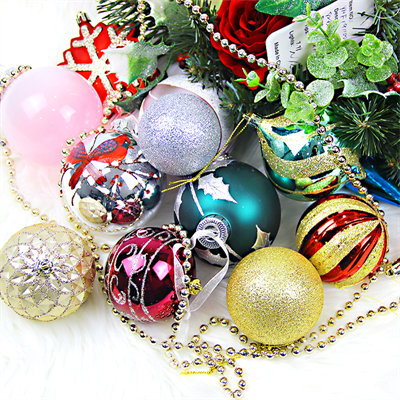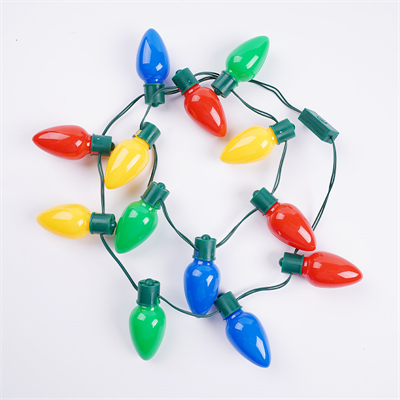Using timers and controls for Christmas lights is a convenient and efficient way to automate your holiday lighting display, making it easier to turn your lights on and off at specific times. Here are some options and tips for using timers and controls for your Christmas lights:
- Basic Outlet Timers:
- These timers plug directly into your electrical outlets. You can set them to turn your lights on and off at specific times of the day. They are simple to use and cost-effective.
- Smart Plug Timers:
- Smart plug timers connect to your Wi-Fi network and can be controlled through smartphone apps or voice assistants like Amazon Alexa or Google Assistant. They offer more flexibility and remote control options.
- Lighting Controllers:
- Lighting controllers are designed for more elaborate displays with multiple lighting elements. They can control the timing, animation, and sequencing of your lights. Some controllers are designed for specific types of lights, like LED or incandescent.
- Photocell Sensors:
- Photocell sensors automatically detect when it’s dark and turn your lights on. They are useful for outdoor displays, ensuring your lights are on when they’re most visible and off during daylight hours.
- Programmable Timers:
- Some advanced timers allow you to program multiple on/off cycles throughout the day. This is handy if you want to create a dynamic lighting display.
- Dusk-to-Dawn Timers:
- Dusk-to-dawn timers are designed to turn your lights on at sunset and off at sunrise, eliminating the need to adjust the timer settings as daylight hours change.
- Remote Control Systems:
- Certain lighting systems come with remote controls that allow you to adjust settings, change lighting patterns, and turn lights on and off without leaving your home.
- Lighting Animation Software:
- If you have a complex lighting display, consider using specialized lighting animation software and controllers. These systems provide precise control over your lights’ animation and synchronization to music.
Tips for Using Timers and Controls:
- Plan Ahead: Decide on your desired lighting schedule and patterns before setting up timers and controls.
- Weatherproofing: If using outdoor timers or controls, make sure they are weatherproof or placed in protected enclosures to prevent damage from rain or snow.
- Test Your Setup: Before the holiday season, test your timers and controls to ensure they work as expected. This helps avoid last-minute troubleshooting.
- Backup Power: Consider using surge protectors or uninterruptible power supplies (UPS) to protect your lighting display from power surges or outages.
- Adjust for Special Occasions: Be prepared to adjust your timers for special occasions or holiday gatherings when you want your lights to stay on longer.
- Combine Timers: You can use multiple timers or smart plugs to control different sections of your lighting display independently.
- Read the Instructions: Always read and follow the manufacturer’s instructions for setting up and programming your timers and controls.
Using timers and controls for Christmas lights not only makes your display more convenient but also helps save energy and ensures your lights are on when you want them to be, enhancing the festive atmosphere during the holiday season.
























